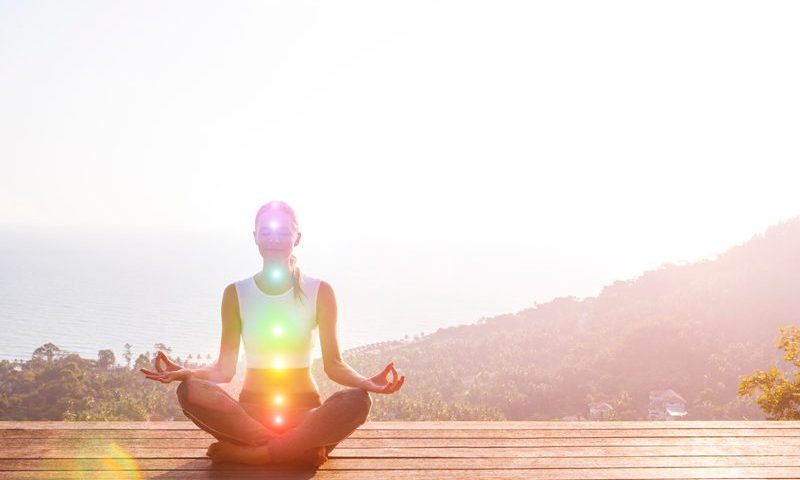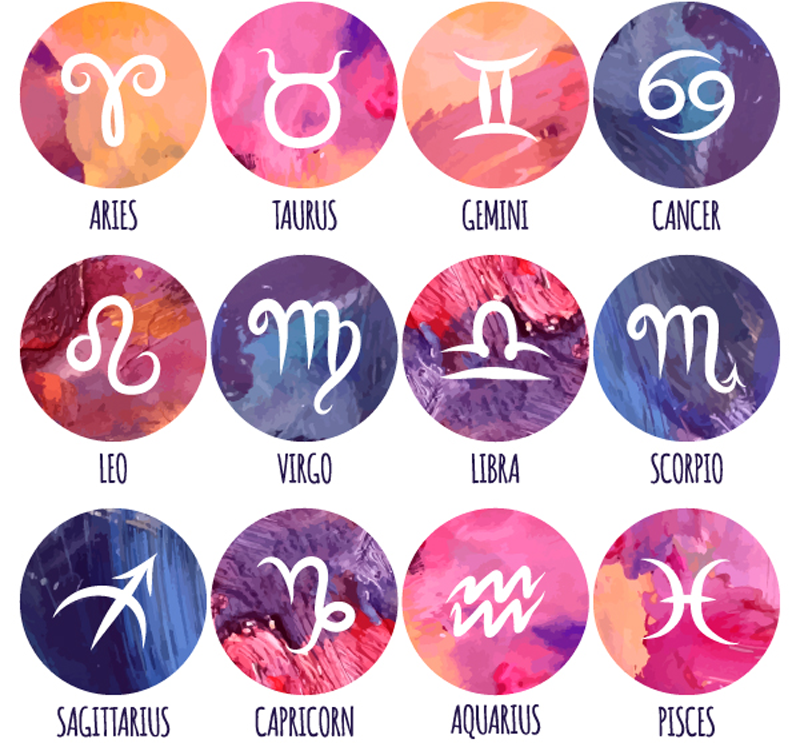
How to Prepare for Your First Yoga Class
March 21, 2019
The Benefits of Yoga Inversion
April 4, 2019Anahata or Heart Chakra

The Anahata or heart chakra is the center of compassion, love, and beauty. The energy point is driven by the principles of integration and transformation and is said to connect our earthly and spiritual aspirations. To enhance the benefits of Anahata, the best thing to do is pull on your yoga bra and spend some time on the mat; however, if this doesn’t appeal to you, don’t panic! There are other ways to reap the benefits of the energy point. In this article, we explore the Anahata or Heart Chakra in more detail.
The Key Elements
Location: One of the key elements of the Anahata is its location. The energy point is located in the center of the chest. Some people wrongly assume it’s located what our actual heart organ sits. However, this is not the case. Instead, the heart chakra sits in the center of the chest area. When counting from the bottom of the spine, it is the fourth chakra in the traditional seven chakra system.
- Color: The color of the Anahata or heart chakra is typically green. However, higher energy frequencies can cause the chakra to turn pink.
- Symbol: The symbol for the Anahata is two intersecting triangles that form a 6-pointed star. The symbol is placed in a circle and has 12 petals.
- Name in Sanskrit: The Sanskrit name for the heart chakra is Anahata. If you’re attending a yoga class, your instructor is likely to use the Sanskrit name.
- Element: The element that the Anahata is connected with is Air.
- Healing Stones: In modern healing practices, crystals or gemstones can be used to balance the heart chakra. The most common ones used to balance or activate the energy point are Clear Quartz, Pink Quartz, Green Calcite, and Jade.
- Essential Oils: Essential oils can also be used to activate and balance the Anahata. The most common essential oils used with this chakra are geranium, rose, neroli, jasmine, ylang-ylang, and bergamot.
Location
As touched upon earlier, the heart chakra is located in the center of the chest. To be more specific, it’s slightly to the left of the actual heart organ. It’s close proximity to this organ is why it’s known as the “heart chakra”. As it’s located in the center of the body, the Anahata is multidimensional and has an energy field in both the front and the back of the body. The front goes through the center of the chest and the back goes through the spine between the shoulder blades.
The location of the energy point means that it’s associated with the cardiac system and the lungs. To function properly, these organs rely on good air consumption and proper breathing. The heart chakra is associated with the thymus – the gland in charge of regulating the immune system.
What Role Does it Play?
So now we know where the heart chakra is, but what role does it play in our day to day life? First of all, the Anahata connects the upper and lower chakras. To put it simply, it acts as the central energy point between earthly matters and higher aspirations. While most chakras would see these energies as separate, the heart chakra creates harmony between the two.
The Anahata focusses on connecting and relating. In most cases, an emphasis is placed on love and how we give and receive it. Additionally, the heart chakra is responsible for how open we are in relationships. Love is an essential element in any relationship, whether it’s a relationship with others or with oneself.
When we think of love, romance often comes to mind. While romance plays a part in this, love has a much deeper meaning. The heart chakra isn’t just about romantic love; instead, it focusses on going beyond the limitations of the ego and opening the heart to compassion and acceptance. The fourth chakra teaches us to live from our heart. To do this successfully, it’s important to keep the Anahata open and balanced. When it’s functioning correctly, the Anahata allows us to see clearly and rightly position ourselves in any situation.

Signs Your Heart Chakra May Be Imbalanced
Through no fault of our own, the heart chakra can become imbalanced. This is often the result of physical changes to your environment, physical ailments, or life experiences that have a strong emotional charge. When this happens, the heart chakra can be affected in one of two ways: a blockage in the energy flow or the tendency to become over-active. If there is a blockage in the energy flow, the flow of energy is temporarily stopped. If the heart chakra becomes overactive, it can release an excess of energy. If your heart chakra is imbalanced, you may notice the following signs:
- Feeling closed down
- Jealousy
- Being overly defensive
- Fear of intimacy
- Relying on other’s approval
- Always putting oneself in the role of the savior
- Codependency
- Excessive isolation
- Holding grudges
- Circulatory and heart-related issues
- Respiratory ailments
How to Balance the Heart Chakra
Thankfully, there are many simple ways to balance the heart chakra. Below, we explore some of the most popular.
- Controlled Breathing: Practiced on or off the yoga mat, controlled breathing is a great way to balance your energy. There are many different breathing exercises out there, so try a few and see which suits you best.
- Appreciate Beauty: Take some time to appreciate the beauty that is life. Think about the people and nature around you and take note of what you’re grateful for.
- Self-Care: Self-care is essential for balancing the heart chakra. The best thing about this method is that it can take any form you like. Self-care is all about taking some time for yourself and caring for your body. Many people enjoy taking a relaxing bath with essential oils. If you’re hoping to balance the heart chakra, consider using geranium, rose, neroli, jasmine, ylang-ylang, or bergamot in the water.
- Express Gratitude: Whether you do this aloud or in silence, be grateful for the role of other people in your life. Appreciate the small things that make your life happier.
In Summary
As the energy center for love and compassion, the Anahata or heart chakra plays a large role in our life. For it to function correctly, it needs to be balanced and clear from energetic blockages. To do this, put on a cozy yoga hoodie and practice some controlled breathing. To create a relaxing vibe, use some Anahata-compatible essential oils such as neroli, bergamot, or jasmine.

